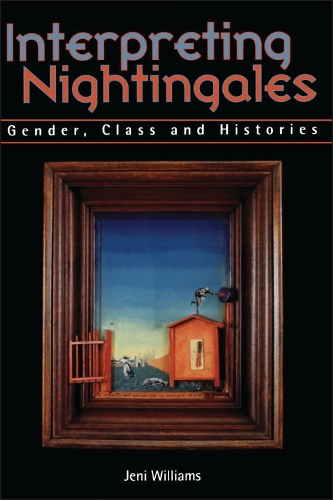
Interpreting Nightingales: Gender, Class and Histories
(Hardback)
Publishing Details
Interpreting Nightingales: Gender, Class and Histories
By (Author) Jeni Williams
Bloomsbury Publishing PLC
Sheffield Academic Press
1st July 1997
United Kingdom
Classifications
Tertiary Education
Non Fiction
Gender studies, gender groups
809
Physical Properties
Hardback
299
599g
Description
The poetic nightingale is so familiar it seems hardly to merit serious attention. Yet its ubiquity is significant, suggesting associations with erotic love, pathos and art that cross culture and history. This book examines the different nightingales of European literature, starting with the Greek myth of Philomela, the raped girl, silenced by having her tongue cut out, and then transformed into the bird whose name means poet, poetry and nightingale simultaneously. Moving from the classical to the Christian worlds, Jeni Williams discusses nightingales and nature in the early church and sees the emergence of the figure as an emotive emblem of the aristocracy in mediaeval vernacular debate poetry. Her final chapters use the nightingale and the myth to examine Elizabeth Barrett Browning's struggle for an active female voice in Victorian poetry.
Author Bio
Jeni Williams lectures in the English Department, Swansea University, the English Department, Swansea Institute and the School of English Communications and Philosophy, Cardiff University.
